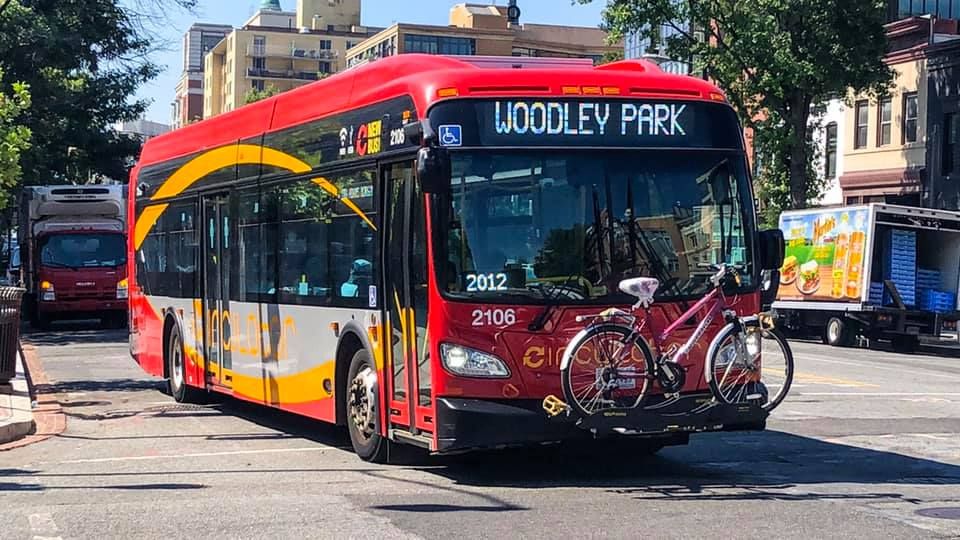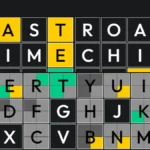The Washington, D.C., metro area has long been known for its dense population and bustling city life, making efficient public transportation a necessity for locals and visitors alike. One of the key components of the city’s transportation system is the DC Circulator, a bus service designed to offer affordable, accessible, and reliable travel across the District. This article explores the role of the DC Circulator, its benefits, routes, and how it has become a crucial part of D.C.’s public transit infrastructure.
What is the DC Circulator?
The DC Circulator is a public bus system operating in Washington, D.C., providing an essential link between some of the city’s most popular neighborhoods, landmarks, and business districts. It operates with the goal of offering residents and visitors a convenient, affordable, and efficient alternative to traditional metro and bus routes. Launched in 2005, the DC Circulator was initially designed to connect key areas of the city with short, frequent routes, providing a fast and cost-effective means of transportation for short trips.
Operating under the District Department of Transportation (DDOT), the Circulator runs on a limited number of routes, serving many of the most visited locations in D.C., such as the National Mall, Georgetown, and the U.S. Capitol. With its distinctive red buses, the DC Circulator has quickly become an important asset in the city’s public transportation network, helping to reduce traffic congestion and provide easy access to major destinations.
The Importance of the DC Circulator for Commuters
The DC Circulator has gained immense popularity over the years, especially among daily commuters who rely on the bus service to get around. One of the primary reasons for its success is its affordability. Unlike the Metro, which can be quite costly, the Circulator offers a flat fare of $1 per ride, making it an economical choice for those looking to navigate the city without breaking the bank. Additionally, riders can pay using SmarTrip cards or cash, providing a flexible payment system for all types of commuters.
The DC Circulator is also known for its frequent service. Buses generally run every 10 minutes, and they operate seven days a week, from early morning until late in the evening. This high frequency means that commuters do not have to wait long for the next bus, making it a reliable option for those with busy schedules. The service is especially beneficial for individuals who do not have a car or prefer to avoid the hassle of finding parking in congested areas like downtown D.C.
DC Circulator Routes: Connecting D.C.’s Key Destinations
The DC Circulator operates several different routes that connect important neighborhoods, attractions, and business districts across the city. Below are the most notable routes serviced by the Circulator:
1. National Mall Route
The National Mall Route is one of the most popular and well-known routes. It connects tourists and locals to some of the most iconic landmarks in Washington, D.C., such as the Lincoln Memorial, the Washington Monument, and the Smithsonian Museums. The route runs from the Rosslyn Metro Station in Virginia to the Eastern Market in D.C., with stops at major points of interest along the National Mall. This route is a favorite for tourists looking to explore the city’s rich history and culture.
2. Georgetown-Union Station Route
Another popular route is the Georgetown-Union Station Route, which connects the historic Georgetown neighborhood to Union Station, a major transportation hub in D.C. This route is especially useful for commuters and visitors who want to explore both Georgetown’s shopping and dining scene and the bustling government district around Union Station. The route also stops at key locations such as the U.S. Capitol and the National Gallery of Art, making it ideal for tourists and residents alike.
3. Dupont Circle-Southeast/Southwest Route
The Dupont Circle-Southeast/Southwest Route is a vital connector between the Dupont Circle neighborhood and areas in the southeast and southwest sections of the city. This route offers quick access to destinations like the Wharf and Nationals Park, as well as the Smithsonian National Museum of African American History and Culture. It is an essential route for both locals and visitors, offering convenient access to multiple neighborhoods.
4. H Street/Benning Road Route
For those traveling along the northeastern part of the city, the H Street/Benning Road Route is an excellent option. This route links the H Street Corridor with the Benning Road Metro Station, providing access to the bustling H Street area known for its nightlife and restaurants, as well as other important locations such as the Union Market. This route serves a wide range of people, including commuters, residents, and tourists.
5. K Street Route
The K Street Route connects two major business districts: the West End and downtown D.C. This route provides a quick and easy way for office workers, business travelers, and tourists to get around the city. It links key areas such as Foggy Bottom and the George Washington University campus, and it is particularly popular among those who need to access key government buildings and office spaces.
Benefits of Using the DC Circulator
There are several benefits to using the DC Circulator, especially for individuals who need to navigate through the city on a regular basis. Here are some of the top advantages:
1. Cost-Effective Travel
As mentioned earlier, one of the standout features of the DC Circulator is its low fare structure. At just $1 per ride, it is one of the most affordable public transportation options in the city. This price makes it an attractive choice for individuals who need to travel short distances within Washington, D.C., without spending a lot of money on taxis or rideshare services.
2. Convenient and Frequent Service
The Circulator’s high frequency ensures that passengers do not have to wait long for a bus. With buses running every 10 minutes, it is an excellent choice for those who need quick and frequent transportation. This reliability is especially helpful for people with tight schedules or those who rely on public transportation to get to work or appointments.
3. Easy Access to Key Destinations
The DC Circulator connects some of the city’s most popular and essential locations, making it a great option for both tourists and residents. Whether you are heading to a museum, business meeting, or a neighborhood dinner, the Circulator’s network offers easy access to these destinations without the need for complex transfers or long travel times.
4. Sustainable Transportation
In today’s world, sustainability is more important than ever, and the DC Circulator plays a role in reducing the city’s carbon footprint. The bus service is designed to reduce traffic congestion, and it helps to decrease the number of cars on the road, which, in turn, reduces air pollution. Additionally, many of the Circulator buses are hybrid vehicles, further contributing to the city’s sustainability goals.
DC Circulator: The Future of Public Transportation in Washington, D.C.
Looking ahead, the future of the DC Circulator appears promising. The city continues to grow, and with it, the need for efficient and reliable public transportation options. The Circulator is expected to expand its services, offering even more routes to cover additional neighborhoods and key destinations. The introduction of electric buses and other eco-friendly initiatives also points to a greener future for the Circulator, ensuring that it remains a viable option for sustainable city travel.
Conclusion: A Reliable and Affordable Way to Navigate D.C.
The DC Circulator has proven itself to be a reliable, affordable, and efficient mode of transportation for people traveling around Washington, D.C. Whether you’re commuting to work, exploring the city’s landmarks, or simply looking for an easy way to get around, the Circulator offers a fast and affordable solution. With its extensive network, affordable fare structure, and eco-friendly buses, the Circulator continues to play an important role in Washington, D.C.’s public transportation system and is expected to remain a key part of the city’s transportation landscape for years to come.



